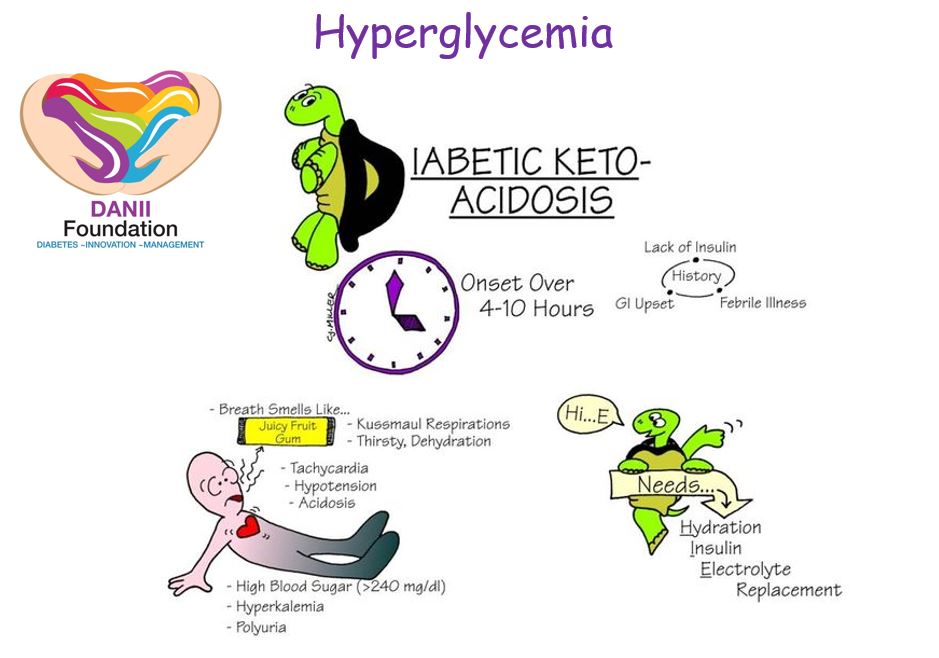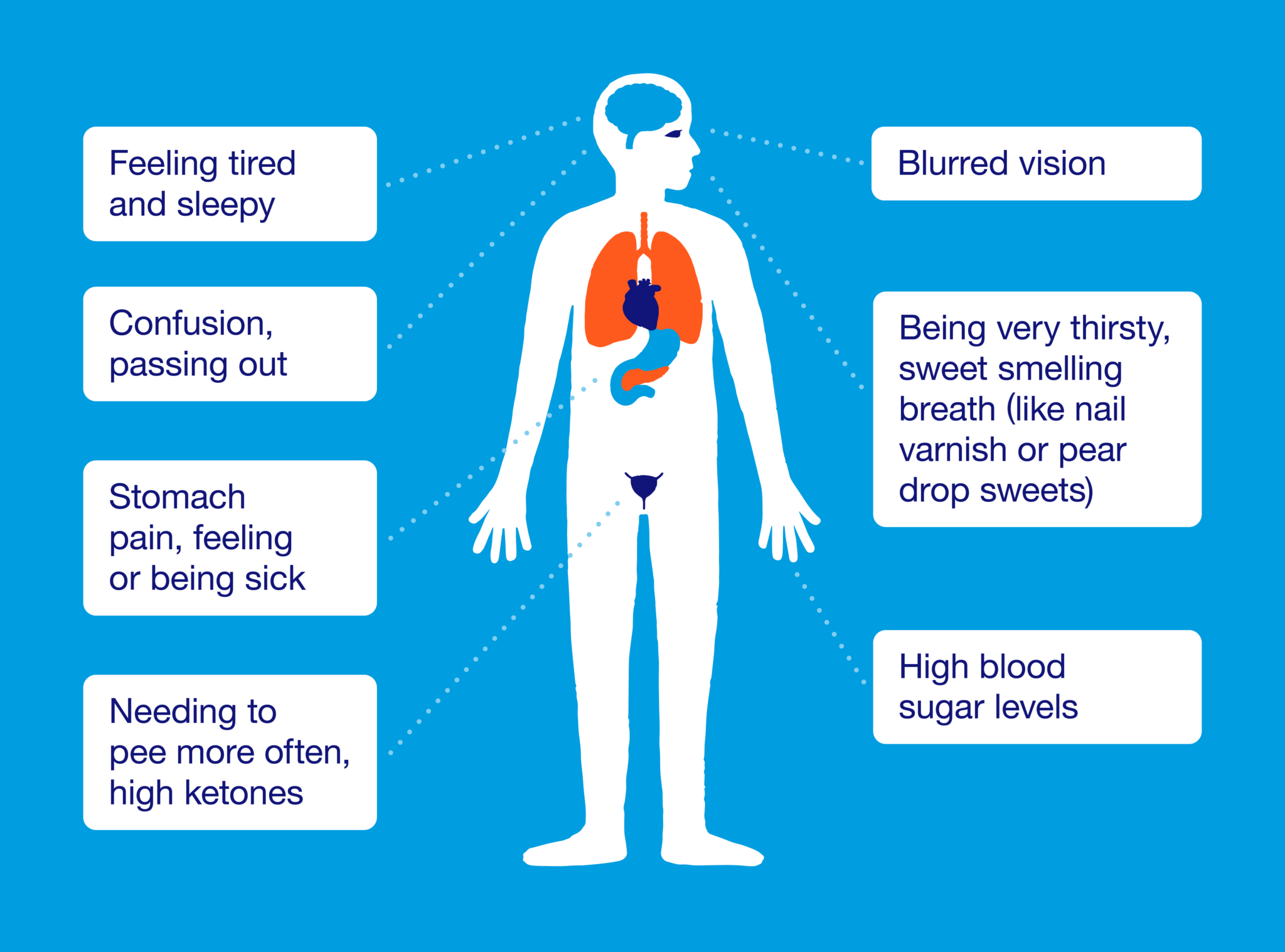can diabetic ketoacidosis be treated at home Diabetic exchange: diabetic ketoacidosis treatments
Diabetes may be a familiar term for most of us, but have you ever heard of a condition known as Diabetic Ketoacidosis (DKA)? It sounds complex, doesn’t it? Well, worry not, because we are here to help you understand all about it! DKA is a serious complication that can occur in people with diabetes, particularly those who have Type 1 diabetes. In this post, we will delve deeper into the causes, symptoms, and treatment of DKA, but before we do that, let’s talk about diabetes itself.
Understanding Diabetes - A Brief Overview
Diabetes, in simple terms, is a chronic condition that affects how your body processes glucose (sugar), which is the primary source of energy. There are different types of diabetes, including Type 1, Type 2, and gestational diabetes.
Type 1 diabetes, also known as juvenile diabetes, is an autoimmune disease that occurs when the immune system mistakenly attacks the insulin-producing cells in the pancreas. This leads to a lack of insulin, a hormone essential for regulating blood sugar levels. On the other hand, Type 2 diabetes occurs when the body becomes insulin resistant or does not produce enough insulin.
Diabetic Ketoacidosis - What You Need to Know
Now that we have a basic understanding of diabetes, let’s dive into Diabetic Ketoacidosis. DKA is a potentially life-threatening condition that primarily affects individuals with Type 1 diabetes. It occurs when the body starts breaking down fats instead of carbohydrates for energy, leading to a buildup of ketones in the blood. High levels of ketones can make the blood acidic, causing a range of symptoms.
 One of the key symptoms of DKA is fruity breath. This may sound strange, but it can actually provide valuable clues for those experiencing this condition. If you or a loved one with diabetes notice a fruity or sweet odor on the breath, it’s crucial to seek immediate medical attention. It could indicate the presence of DKA, which requires prompt treatment.
One of the key symptoms of DKA is fruity breath. This may sound strange, but it can actually provide valuable clues for those experiencing this condition. If you or a loved one with diabetes notice a fruity or sweet odor on the breath, it’s crucial to seek immediate medical attention. It could indicate the presence of DKA, which requires prompt treatment.
Causes and Risks of Diabetic Ketoacidosis
Several factors can contribute to the development of DKA. These include inadequate insulin dosage, missed insulin doses, illness or infection, physical or emotional trauma, or even certain medications. It’s important to be aware of the risk factors and take necessary precautions to prevent DKA.
Treatment Options
Treating DKA usually involves a combination of insulin therapy, intravenous fluids, and electrolyte replacement. The aim is to lower blood sugar levels while also correcting the acid-base imbalance caused by the high ketone levels. It is crucial to seek immediate medical attention if you suspect DKA, as it can be life-threatening if left untreated.
 In conclusion, Diabetic Ketoacidosis is a severe complication that can arise in individuals with Type 1 diabetes. It is essential to be aware of the symptoms, causes, and treatment options to ensure timely intervention. If you experience fruity breath, accompanied by other symptoms such as frequent urination, excessive thirst, fatigue, and abdominal pain, don’t ignore them! Consult a healthcare professional who can guide you in managing and preventing DKA.
In conclusion, Diabetic Ketoacidosis is a severe complication that can arise in individuals with Type 1 diabetes. It is essential to be aware of the symptoms, causes, and treatment options to ensure timely intervention. If you experience fruity breath, accompanied by other symptoms such as frequent urination, excessive thirst, fatigue, and abdominal pain, don’t ignore them! Consult a healthcare professional who can guide you in managing and preventing DKA.
Remember, knowledge is power, and by understanding the complexities of diabetes-related conditions, we can take steps to protect our health and the health of our loved ones.
Stay informed, stay healthy!
If you are searching about Diabetic Exchange: Diabetic Ketoacidosis Treatments you’ve visit to the right page. We have 5 Pics about Diabetic Exchange: Diabetic Ketoacidosis Treatments like Diabetes and Fruity Breath: Causes, Risks, And Treatment, Diabetic Exchange: Diabetic Ketoacidosis Treatments and also Diabetes and Fruity Breath: Causes, Risks, And Treatment. Here you go:
Diabetic Exchange: Diabetic Ketoacidosis Treatments
 diabeticexchange.blogspot.comketoacidosis diabetic diabetes dka nursing type treatment mechanism ketosis vs symptoms nurse ketogenic sepsis notes signs sugar cancer body treatments
diabeticexchange.blogspot.comketoacidosis diabetic diabetes dka nursing type treatment mechanism ketosis vs symptoms nurse ketogenic sepsis notes signs sugar cancer body treatments
Diabetes And Fruity Breath: Causes, Risks, And Treatment
 mantracare.orgketoacidosis diabetic dka breath treatment complications fruity ketosis symptome mellitus ketones urine mantracare anzeichen abdominal ursachen nausea difficulty remedies
mantracare.orgketoacidosis diabetic dka breath treatment complications fruity ketosis symptome mellitus ketones urine mantracare anzeichen abdominal ursachen nausea difficulty remedies
Pin On Type 1
 www.pinterest.comketoacidosis diabetic dka diabetes type nursing symptoms blood sugar signs infographic ketosis diet low facts keto mellitus deadly prevent notes
www.pinterest.comketoacidosis diabetic dka diabetes type nursing symptoms blood sugar signs infographic ketosis diet low facts keto mellitus deadly prevent notes
Pathogenesis Of Diabetic Ketoacidosis | Download Scientific Diagram
 www.researchgate.netketoacidosis diabetic pathogenesis
www.researchgate.netketoacidosis diabetic pathogenesis
Downloadables - Diabetes - Innovation - Management
 danii.org.auketoacidosis dka diabetic hyperglycemia ketones lead coma death danii hypo cycle au passing serious condition downloadables
danii.org.auketoacidosis dka diabetic hyperglycemia ketones lead coma death danii hypo cycle au passing serious condition downloadables
Diabetes and fruity breath: causes, risks, and treatment. Diabetic exchange: diabetic ketoacidosis treatments. Pin on type 1